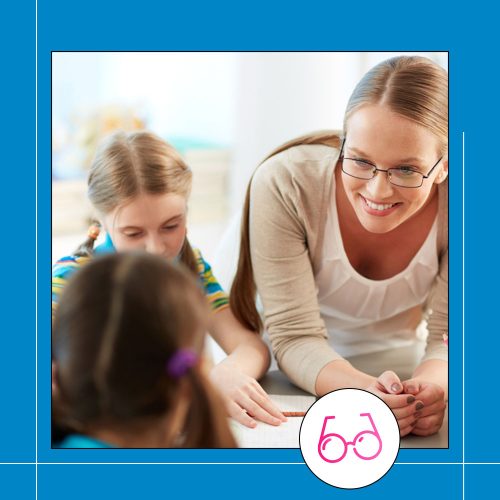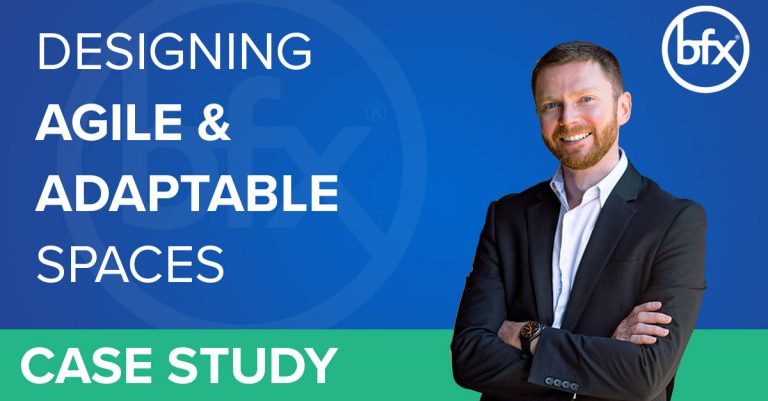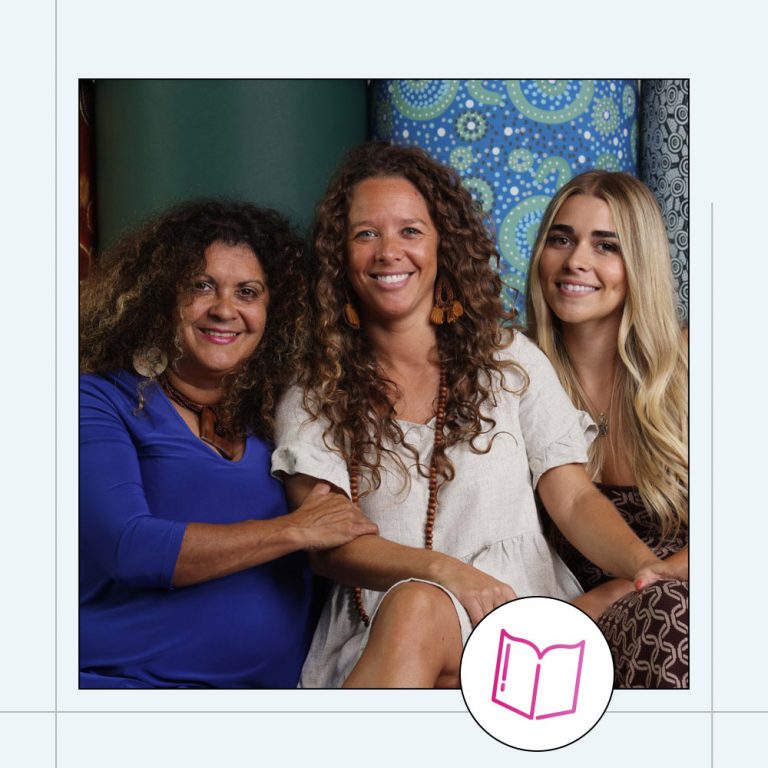You may have heard it called many different things before. Progressive Learning, Individualised Learning, Personalised Learning, Student Centred Learning, Active Learning, whatever term you are familiar with, there is no doubt that there is some exciting things happening in the world of Education.
Where Did it Originate?
Progressive Learning originated in the late 19th Century and was coined by educational reformer and philosopher John Dewey. He proposes that “Education is more than preparation for the future, it is life itself”. In Democracy In Education, published in 1916, Dewey proposed that education should be active and interactive and that the method of teaching should fit the student.
He saw education a less of “an affair of ‘telling’ and being told, but an active and constructing process.” Since then, other philosophers and educators built on the work of Dewey to create what we now know as the progressive schools movement.
What's the Difference?
In its simplest form, traditional teaching involves direct instruction with a specific end-goal (usually an assessment task or test). Whereas, progressive education philosophy embraces the idea that we should teach children how to think and that a test cannot measure a child’s intelligence.
The process of ‘learning by doing’ is at the heart of this style of teaching and often incorporates experiential learning. The concept of experiential learning actively engages students in an activity that puts their knowledge and understanding of a topic to use. Thus the student develops an even stronger understanding of the topic through practice.
Progressive education that is based on experiential learning is often considered to be the best way for a student to experience real-world situations. The workplace is a collaborative environment that requires teamwork, critical thinking, creativity and the ability to work independently.
Experiential learning focuses on developing these important skills within students, helping them better prepare for college and life in the modern workforce.
Here are a few key differences (adapted from the National Association of Independent Schools)
Traditional Learning
- Students absorb information
- Teachers instruct and hold all authority
- Knowledge is absorbed through instruction, worksheets & tests
- instruction is linear and largely based on correct answers
- Subjects are separated
- Learning is competitively based and derived from recall and memory
- Intelligence is a measure of students linguistic, logical and mathematical abilities
Progressive Learning
- Students are active participants and problem solvers
- Teachers are facilitators and guides who foster thinking
- Knowledge is constructed through play, experience and social interaction
- Instruction is related to central questions and inquiry often generated by the students
- Subjects are integrated as students make connections (see STEM)
- Learning is determined through application over time and through collaboration
- Intelligence is recognised as varied and is measured in real-life problem solving
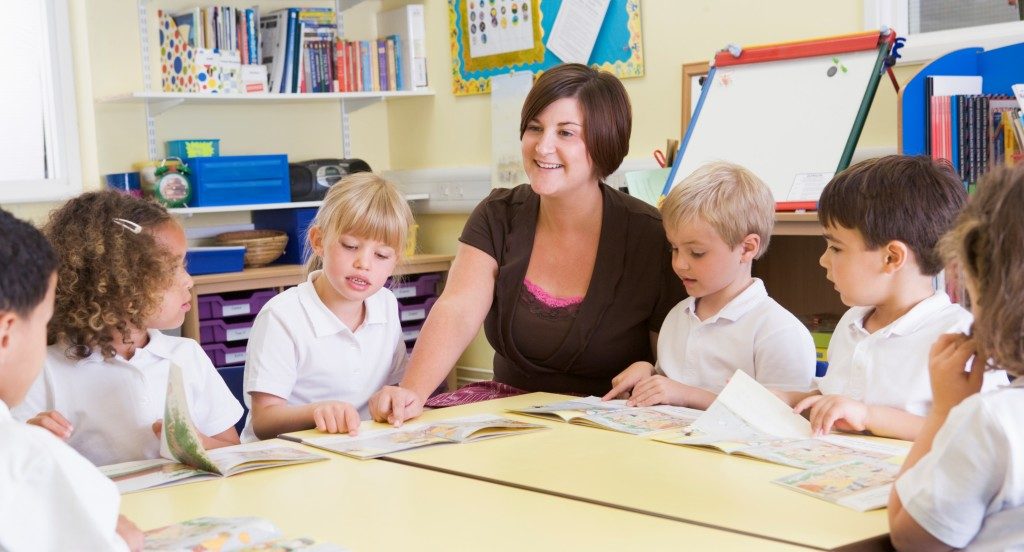
How is Student Learning Affected?
Student learning under a progressive model places emphasis on problem-solving and critical thinking, group work and development of social skills.
Learning is more personalised and revolved around a number of key components working together harmoniously.
- Student centred learning – students have more ownership over their learning. They have a voice and make choices according to how they learn best. Whether that is where they physically learn in the classroom or how they learn in a visual, oral or written sense.
- Self-reflection & goal setting – students adopt a growth-mindset and are able to reflect on their failures as opportunities for improvement. They are then able to set smart goals to achieve their desired level of improvement.
- Students progress at their own pace – when students have completed their tasks and learning objectives of the day and demonstrate they have mastered the specific skill or knowledge they can move onto their next goal. Tests and assessments let teachers know when their students require more practice and can provide additional support.
- Students can learn anywhere anytime – digital and online resources are incorporated into learning modules to provide a variety of mediums in which students can understand a topic or concept. They can also access these resources during class or at home.
What Does It Look Like?
Progressive learning and flexible learning environments go hand-in-hand. It’s not just student learning that can be personalised and made more flexible. Modern learning environments offer more flexible seating and give students a choice in where they work in the classroom.
If you were to look inside a modern classroom you might confuse it with a university commons. In progressive learning environments, the role of a classroom is to provide a place for students to actively learn, solve problems and participate in hands-on tasks.
Elements of a Progressive Classroom;
- Flexible and mobile furniture that can easily be reconfigured to suit different activities
- Height adjustable student tables to grow as students grow
- Flexible seating options like bean bags, mats, wobble stools, lounges, ottomans
These flexible open plan spaces have been heralded as learning hubs that not only improve student engagement but also result in deep student learning rather than surface learning.
“Surface learning refers to students just learning for the sake of ‘learning for a test’, with arguably poor long-term knowledge retention or applicability to other concepts.” While "deep learning" converges out of problem-solving and is accelerated by innovations in digital technologies.
The ILETC Project
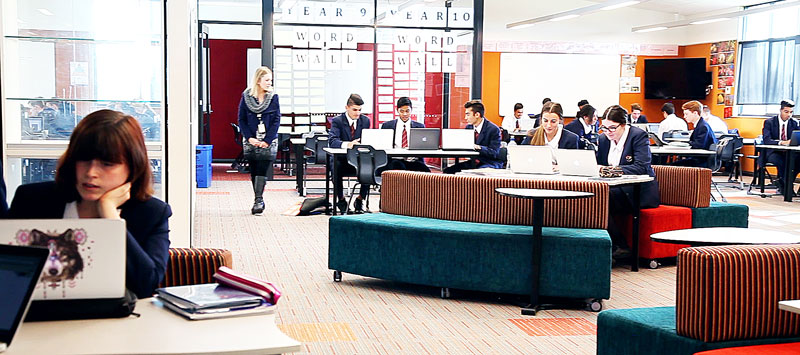
How is the Role of the Teacher Affected?
Traditional teachers would see themselves as the absolute authority. Their main role is to deliver instruction from the front of the room and assess whether or not each student has successfully comprehended the information. They are expected to teach using the same methods devised hundreds of years ago and see any deviation from traditional practices as risky.
The problem is that the world students grew up in hundreds of years ago is vastly different from the one they are now growing up in.
We now understand each student learns differently from one another and one strict educational model does not suit all. A more progressive teaching model involves teachers becoming facilitators that support students as needed and encourage them to solve problems independently or collaboratively with their peers.
They plan lessons that evoke curiosity and encourage collaboration. Gone are the days of standing at the front of the classroom lecturing before a blackboard while students passively consumed and parroted information back into their exam papers.
Many teachers today are embracing new technologies and implementing them in their classrooms to engage students in new and more meaningful ways. It’s becoming more and more common to see iPads, apps, videos, games and robotics in today’s classrooms being used as educational tools to assist in student learning.
There is even a movement called Flipped Learning which flips the traditional model right on its head by allowing students to consume the content teachers would deliver during class as homework instead. Leaving class time free for more hands-on collaborative tasks.


